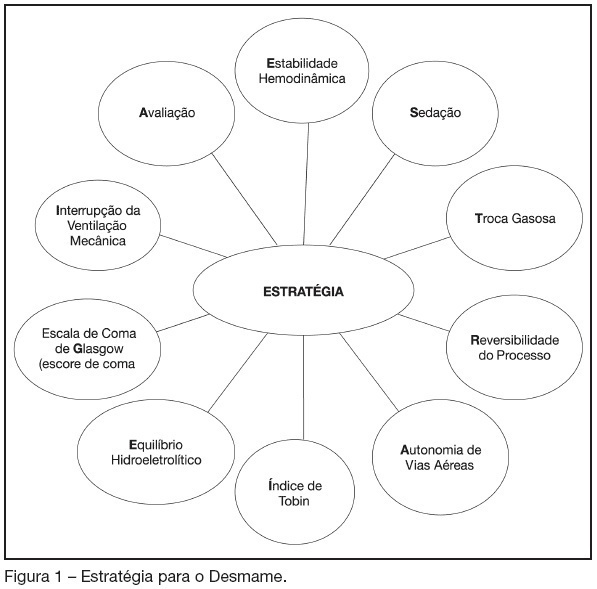Abstract
Rev Bras Ter Intensiva. 2007;19(1):31-37
DOI 10.1590/S0103-507X2007000100004
BACKGROUND AND OBJECTIVES: Mechanical ventilation incurs significant morbidity and mortality, weaning intensive care unit patients is highly desirable, although it is usuallyconducted in an empirical manner. Thus, this article assessed a weaning protocol implementation and compared two different methods. METHODS: It was carried out a study involving 120 patients who had received mechanical ventilation for more than 48 hours. These patients were randomlyassigned to undergo one of two weaning techniques: pressure-supportventilation + PEEP (PSP) technique, which was applied to the patients in equal days, forming the PSP group (PSPG) and the T-tube method (TT), applied in odd days and forming the TT group (TTG). Standardized protocols were followedfor each technique RESULTS: The patients response to extubation revealed similar progress in both PSP and TT groups, but after the Chi-square statistical test, the benefits of using a weaning protocol was clear. One hundred nine (90.83%) of all patients, had a successful weaning and any noninvasive ventilation type was needed in a span time of 24 hours after extubation, and only eleven (9.17%), had an unsuccessful weaning. CONCLUSIONS: Although this study didn't show any difference between the two methods applied, we could conclude that, the implementation of standardized weaning protocols can substantially decrease the patient's reintubation rate, promoting a downward trend in mortality and morbidity for these patients and shortening their hospital and intensive care units length of stay.

Abstract
Rev Bras Ter Intensiva. 2007;19(1):38-43
DOI 10.1590/S0103-507X2007000100005
BACKGROUND AND OBJECTIVES: Concerning the mechanical ventilation, the weaning is a usual and significant intensive care process. Identifying, describing and demonstrating the techniques used by Respiratory Therapists in weaning and also obtaining its parameters in Intensive Care Units (ICU). METHODS: A survey related to the weaning process was done with active ICU Respiratory Therapists from (FD) in the year 2005. The survey consisted of 31 subjective and objective questions, some of them allowing multiple answers. RESULTS: Eighty surveys were carried out at twenty hospitals. 90% of participants were specialized staff with a mean of three year working experience in ICU. In 98.7% of the answers, doctors and respiratory therapists were responsible for operating the ventilators. In 61.3%, doctors and respiratory therapists were responsible for their use and, in 36.3%, the responsibility was solely on the respiratory therapist professionals. It was found that only twenty-four respiratory therapists (30%) follow the weaning protocol. Among the most practiced parameters from the weaning process are: respiratory frequency (98%), tidal volume (97.5%) and periferic oxygen saturation (92.5%). The least utilized are the maximum inspiratory pressure (18.8%) and the vital capacity (13.8%). CONCLUSIONS: Great differences were observed in the weaning methods, choice of parameters and the way they were collected. These variations suggest that there is a lack of routine and the need to implement simple protocols.
Abstract
Rev Bras Ter Intensiva. 2007;19(1):107-112
DOI 10.1590/S0103-507X2007000100014
BACKGROUND AND OBJECTIVES: Weaning patients from mechanical ventilation is still a challenge in Intensive Care Units (ICU) and is related to complications and mortality. Daily rounds at the bedside, which are part of good care, can identify patients able to undergo to spontaneous breathing trials. The authors suggest one mnemonic technique with the term "ESTRATEGIA" (strategy) considering some key aspects, as a checklist, which can be applied by any person of the multidisciplinary team, during the bedside rounds, in order to shorten the weaning time. CONTENTS: To introduce the word Strategy as a mnemonic method based on the studies related to weaning from mechanical ventilation and its applicability as a checklist in any intensive care unit by the multidisciplinary team where each letter reminds some key aspects related to the subject. CONCLUSIONS: The applicability of a mnemonic mechanism as a checklist for weaning patients from mechanical ventilation easily practiced during the daily round to identify those who are able to undergo to spontaneous breathing trials.
